Sinéad O' Conner's last playlist
A day's worth of music which she curated for us, in the year of her death. (A lot of reggae.)
# of Tracks: 450+
Length: over 24 hours
Themes: a dozen of my favorite Sinéad songs1 ~ the contents of a playlist which she assembled in her final year ~ a few other songs plucked from her clandestine Twitter feed ~ clear signs of her preoccupation with romantic longing, reggae & justice ~ more songs about loneliness, faith and her uniquely fierce and melancholy pining
Link: spoti.fi (Spotify) — apple.co (Apple Music) — bit.ly/3Kx8rjA (YouTube)
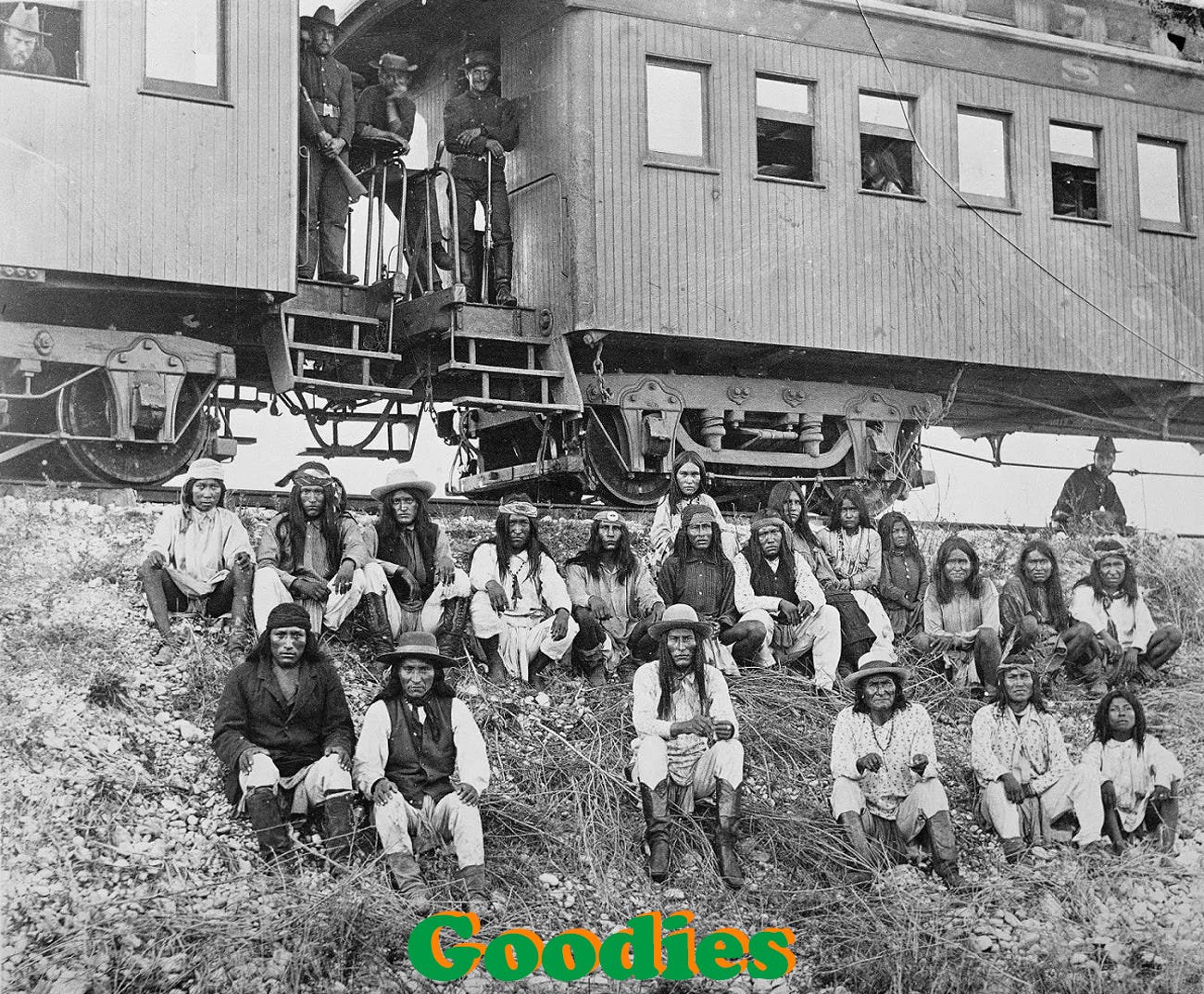
Last week I spent some time reading through Sinéad O’Connor’s month-old Xwitter account @786OmShahid.2 She began it in July 2023, the month of her death. In the gush of affection around her dying three weeks ago, I didn’t find a single obituary that mentioned it. The account has the look and feel of something purposefully hidden. It’s hard not to read the feed as her final words to the world.3 The bio reads, in full: “Amateur Theology Student. Also An Cailleach.” Cailleach translates literally as “old woman” but in Celtic myth is, according to Wikipedia a “divine hag and ancestor, associated with the creation of the landscape and with the weather, especially storms and winter.”
She also posted a playlist which she called Radio Sinead. I’ve grabbed all the tracks from it, added a few of her own as an introduction, and given this installment of my mixtape delivery service the same name. If the Xwitter account speaks to her state of mind, maybe the music on her playlist takes us inside of it?
Sinéad was an edition of one-of-one. It’s incalculable how much I admire artists who go as hard as she did, and struggle as much with the consequences. So I spent some time with this music, contemplating that head of hers. I hope you’ll join me and will mostly let you draw your own conclusions. I tensed up many times while listening to it—at the nakedness of it, the pain and vulnerability, the innocence and the love, the sense that she thought the world was hard but maybe it could get better if we chose to speak out against all the things wrong with it. To sing loud about it. As she did.
People loved you more than you’ll ever know Sinéad. We’re grateful.
Spotify version
Apple version
YouTube version
A word about the differences between the playlists on different platforms in this here footnote.4
The playlist includes songs such as…
^ Bob Dylan: “Lenny Bruce”
^ Ini Kamoze: “Trouble You Trouble Me”
^ Sinéad O’Connor: “Nothing Compares 2 U” [Prince cover]
^ Chet Baker: “Almost Blue” [Elvis Costello cover] 5
Extra credit: twinned celebrity deaths & a mortality memory from childhood
You know you're getting old when your idols disappear. I still remember the first time I saw these headlines:
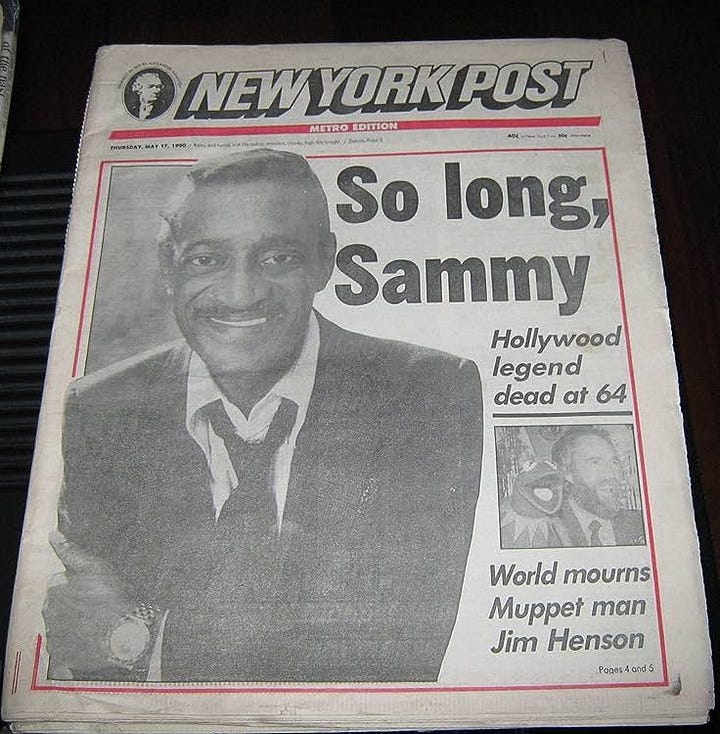
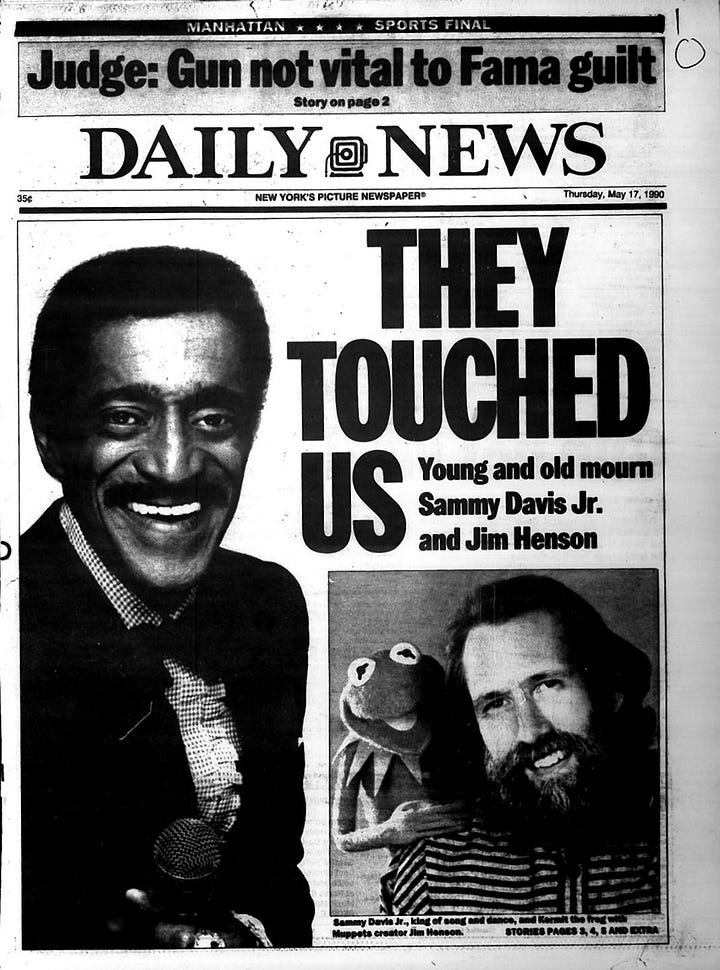
A day earlier, on May 16, 1990, both Sammy Davis Jr. and Jim Henson died. I was 15 years old. By that time, I’d probably been taught about the horrors of the Holocaust, and Hiroshima, and Nagasaki. But I’m certain the abstraction of those numbers—those mass casualty events—didn’t hit me as hard as the the loss of these personalities who breathed through my TV set. I knew them both as consummate participants in (or hosts of) various clunky all-star ensemble projects which I loved so much.6 How could these ringmaster gods of pop culture die?
Seeing Davis and Henson side-by-side on a newspaper front page was the kind of coverage True Greatness could expect in that earlier, pre-internet era of monoculture. Their death that day felt more real to me than the death of certain blood relatives. Today a social media feed might just curate awareness of both deaths out of view. But back then…
About three and half decades later, the close-by deaths of Sinéad and Paul Reubens (aka Pee Wee Herman) have felt like an echo of this7 to me. A loss of the familiar. But this time, it is tinged not with a sense that childhood is ending, but of my long-forgotten childhood being dredged up again. Also, a hint of injustice. This tweet captures that feeling succinctly:
Clearly both artists were world-building geniuses of the highest order—able to insert their particular, at times peculiar, world views into the mainstream conversation by dint of pure talent and vision. Clearly they had their problems with scolds and false moralists policing the mainstream’s borders from anything too strange, too sexual, too political, too interesting. However in retrospect, that both artists ever reached pop cultural ubiquity feels ludicrous—not because today’s pop culture is worse, but because nothing is quite so ubiquitous anymore. (Even at the time, those involved in creating Pee-wee Herman’s Saturday morning TV show knew they were getting away with something wild that might never happen again.8)
I’ve had a nice time re-exposing myself to the work that rocketed these two to fame, and seeing how it struck me now. For example, everyone alive for Sinéad’s infamous Saturday Night Live moment, remembers it as controversial. No one talks about quite how beautiful it was…and is.
Last week while composing this post, I ran across this dank meme of a techno DJ priest.
“Fight the real enemy,” indeed.
People Who Died: Robbie Robertson ~ Paul Reubens ~ Rodriquez
To remember Rodriguez, watch the documentary Searching for Sugarman (2012), or listen to his almost-lost album Cold Fact (1970). For Paul Reubens aka Pee-wee Herman, try any episode of his classic show. Or for a peek behind the curtain, try this loving tribute episode of the Bullseye with Jesse Thorn podcast. For Robertson, I’d recommend The Brown One, or read this appreciation I wrote of his band, The Band, about 20 years ago and have just re-posted.
Up a Creek
WE WANT THINGS TO FIT, LIKE SQUARE PEGS IN square holes. But there are no square holes. There are stones in shoes, bumps in roads, clouds in skies. It rains and pours, and each drop triggers a drum, a fretless bass, a guitar hero, a fiddle, a tuba, a brass band, otherworldly organs, three singers so earnest they sound as if they’re pleading for their li…
The Spotify version omits her 2002-2012 output, which has been inexplicably scrubbed from the largest commercial streaming service. That era represents my personal favorite records of hers. I’ll point you to her own reggae tribute Throw Down Your Arms (2005) and, especially, the indie-rock channeling How About I Be Me (and You Be You)? (2012).

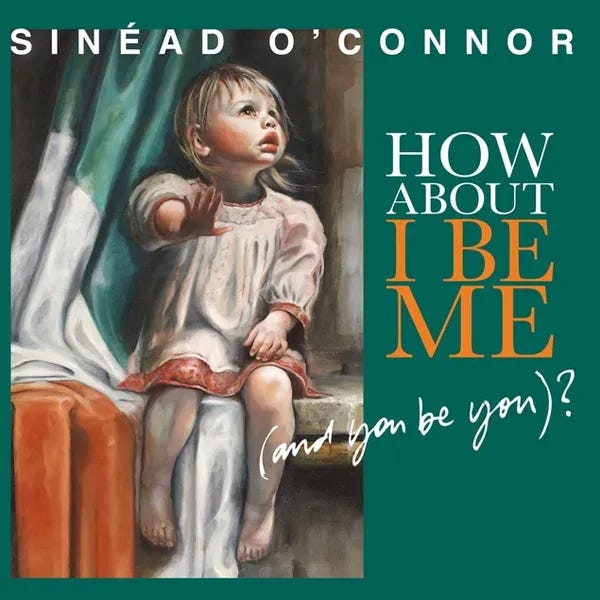
The authenticity of the feed seems legit—promoted in a final, pinned post on her main feed @sineadoconnor and verified with a selfie video.
Not quite as polished as what we expect of artists raised in the social media era. But cogent and far less mad than anything you’ve experienced if you’re intimate with people who’ve undergone mental distress. There’s even a bit of whimsey to it. The 30 accounts she followed were mostly dance and ballet companies, a handful of mainstream media outlets, and two Sagittarius horoscope accounts.
The first post was a square social media graphic which reminded me of something you’d see in a suburban midwestern household—a framed bit of cross-stich, or a living room pillow with an inspirational quote embroidered into it. It's clear Sinéad lingered on those who hurt her in difficult times—rather than the knowledge of how many people her rebellion had inspired.
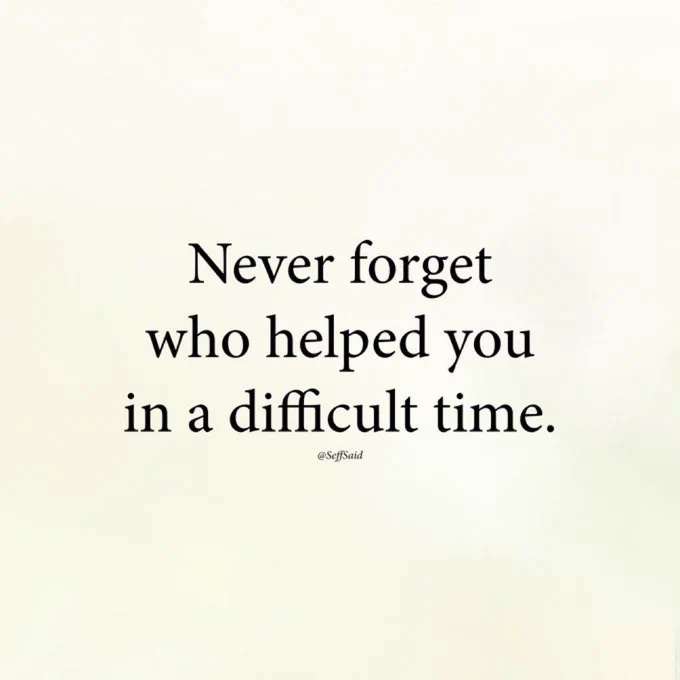
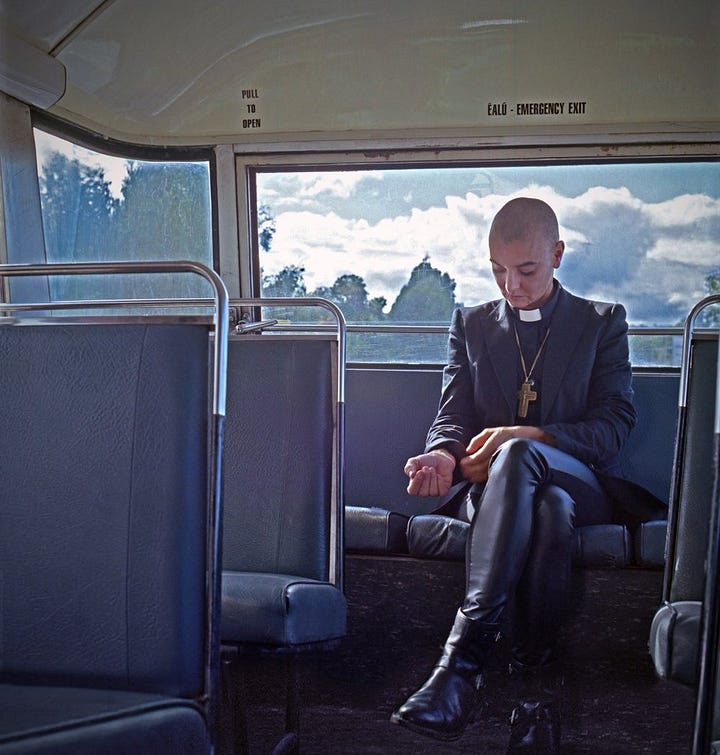
The full playlist is only on Spotify. The Apple Music version is considerably shorter and more curated—only 60 songs rather than 400+. It might be my favorite version of this month’s mixtape. The YouTube version is 100% Sinéad, including some bonus recordings not available on other services. i.e. live performances, tracks from her out-of-circulation reggae album, etc.
This song by Chet Baker does not appear on Sinéad’s playlist. But ten tracks by him do. Baker is the epitome of a tortured jazz singer. Tales of his drug habit drove his notoriety. The film from which this clip was drawn was made by fashion photographer Bruce Weber about a year before Baker’s predictably tragic death.
See The Cannonball Run movies for Sammy, The Muppet Show or Sesame Street for Henson.
Speaking of echoes, I embedded a video from the Pee-wee Herman show in one of my playlist blogs just this past January.
No tasty anecdotes come to mind but I heard some things…
My first real job after college came just before the the turn of the millennium at a web 1.0 digital design agency in NYC called Funny Garbage. The eminence grise of the company was Gary Panter, a cartoonist/artist/illustrator who defined not only the look of early Los Angeles punk magazine Slash, but served as designer for Pee-wee’s Playhouse. I was but a lowly associate producer, while Gary consulted from afar, ensconced in a Williamsburg warehouse studio a river away from the company’s Soho office. The terms of his employment were clear: Gary had got away with imbuing pop culture with The Real Shit several times already; how could Funny Garbage import that weirdness into the digital domain…
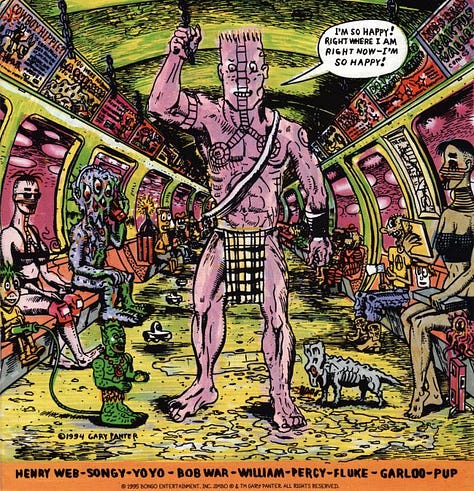
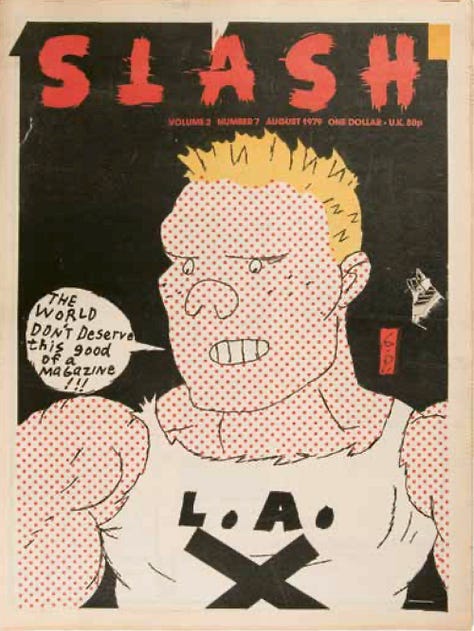
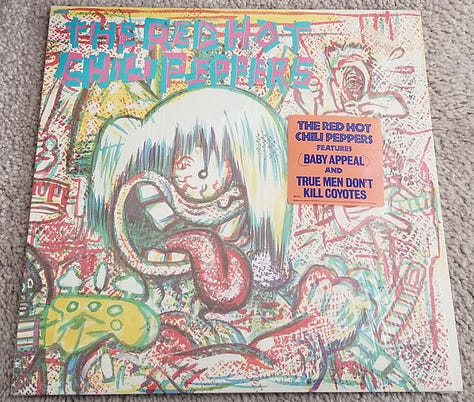

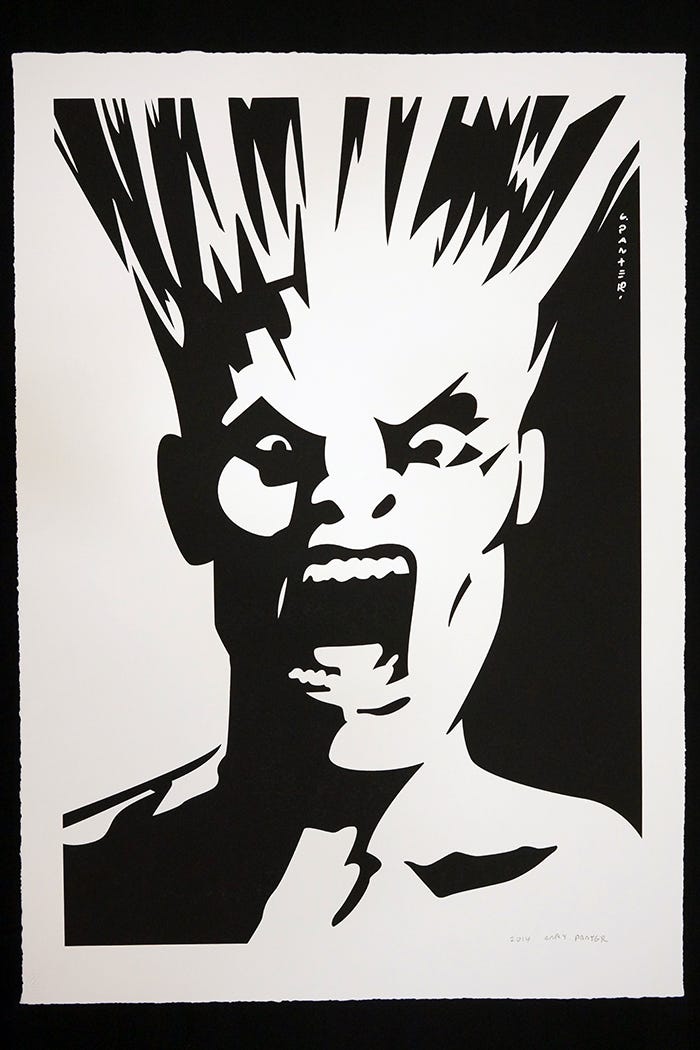





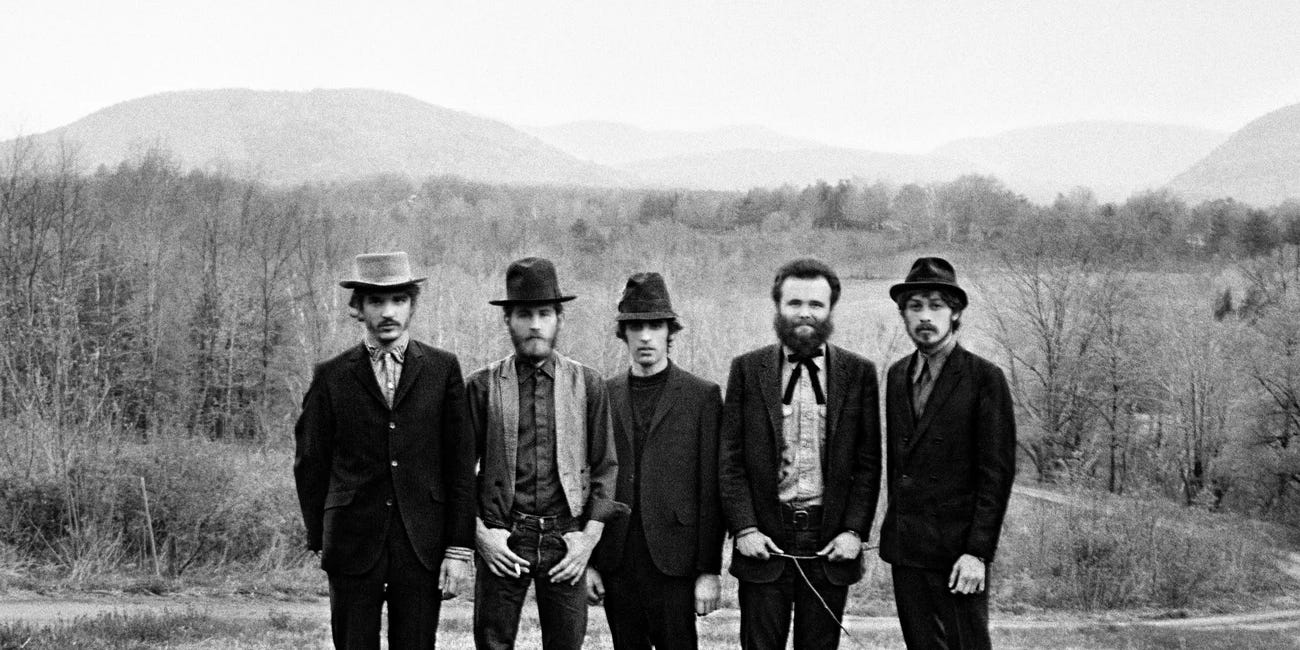
Thanks for this incredibly rich playlist. I loved Sinéad 💔
Thank you so much for doing this. REally interesting to know what she liked the best in terms of music. I also wrote my own little tribute to her here https://www.youtube.com/watch?v=1KJp-s6Mf0s